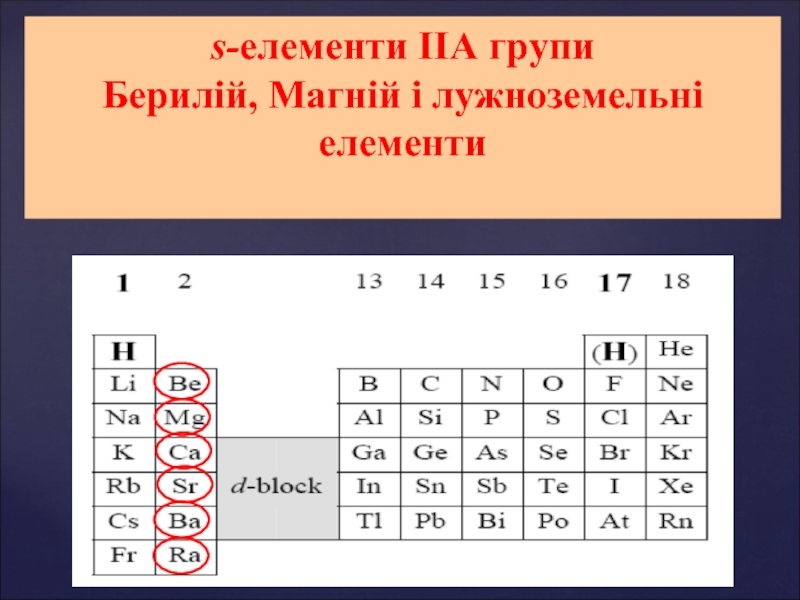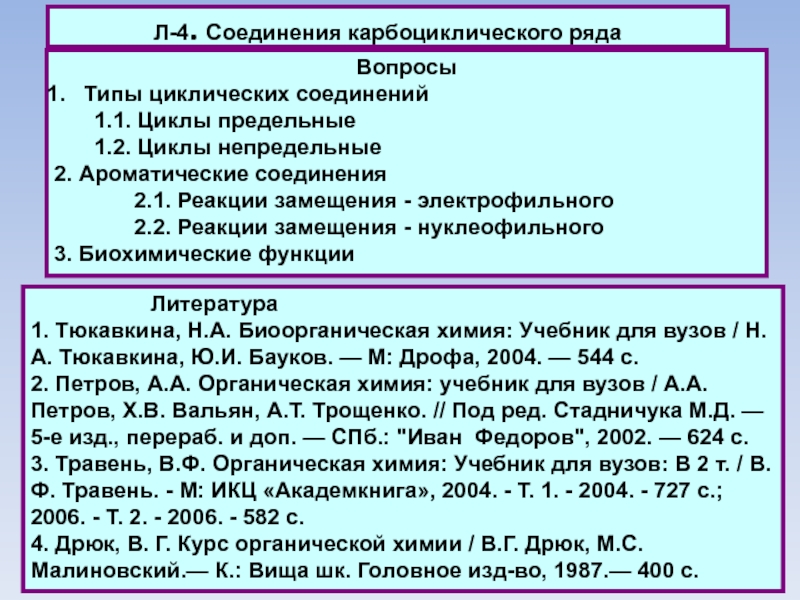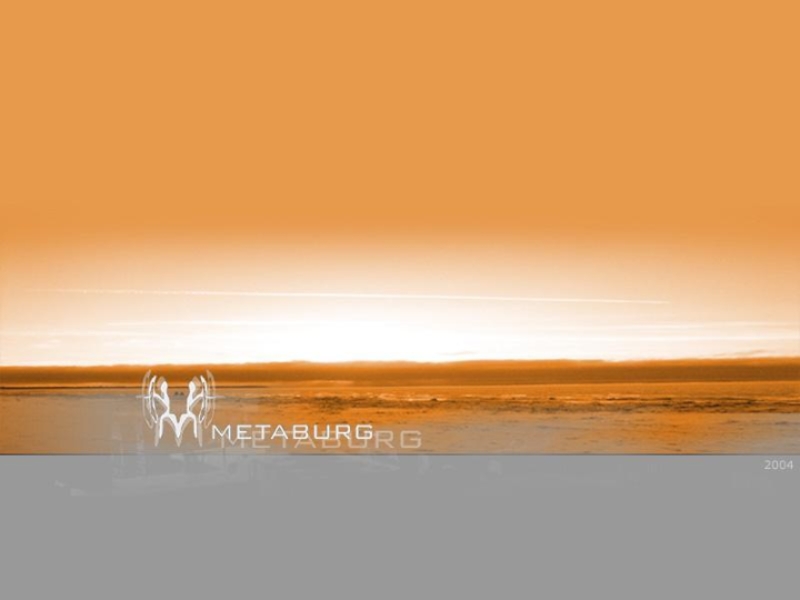1Nikolaev Institute of Inorganic Chemistry SBRAS, Acad. Lavrentiev Ave. 3, 630090 Novosibirsk, Russia
2Sobolev Institute of Geology and Mineralogy SBRAS, Acad. Koptyuga Ave. 3, 630090 Novosibirsk, Russia
komarovskikh@niic.nsc.ru
NV- and SiV- centers in diamond are considered to be the favorable candidates for quantum spintronics and quantum information processing applications. Theoretical calculations showed that germanium could form an analog of silicon-vacancy center. Recently, in the photoluminescence spectra of diamond crystals synthesized at HPHT conditions in Ge containing system sharp luminescence 602 nm was detected. The same luminescent system was observed in cases of Ge ion implanted diamond and chemical vapour deposition diamond doped with Ge. Since the germanium-related defect was assumed to have the structure similar to the paramagnetic silicon-vacancy defect, it can be assumed to be also paramagnetic.
Introduction
Experiment and results
For this work, diamond crystals were synthesized using a high-pressure “split-sphere” multi-anvil apparatus. A mixture of Mg and Ge was used as a solvent catalyst. Graphite capsules were employed as both containers and carbon source. Growth experiments were performed at a pressure of 7 GPa in the temperature range 1870-2070 K. Spontaneous crystallization diamond crystals as well as diamond crystals grown on seeds were studied.*
EPR studies of the crystals revealed known spectra of substitutional nitrogen P1 and silicon-vacancy KUL1, KUL8 (SiV0 and SiV-, respectively) centers. But also a new spectrum with the electron spin S=1 was revealed. Investigation of the angular dependence of the EPR spectrum showed that it was characterized by the axial symmetry with the symmetry axis parallel to <111>. The EPR spectrum could be described by the spin Hamiltonian:
with the following parameters: S=1, g||=2.0025, g⊥=2.0027, D=80.3 mT, E=0.
As the new paramagnetic spectrum has the same symmetry and spin state as a silicon-vacancy center SiV0 (KUL1), it can be ascribed to the neutral defect with the structure of germanium atom in the double semi-vacancy position. The large value of zero-field splitting parameter D can be caused by the size of spin-orbit coupling (λso(Ge)=940 cm-1, λso(Si)=149 cm-1, λso(C)=29 cm-1). In the additional low-temperature experiments the linear decrease of the D in temperature range 6-298 K was found. A more detailed analysis of the value of zero-field splitting and its temperature dependence is complicated requiring detailed quantum chemical calculations.
In the luminescence spectra (λex=532 nm) known Ge-related 602 nm system consisting of two lines 601.2 nm and 602.2 nm was observed. Additional peaks at 575 and 637 nm were assigned to NV0 and NV- centers respectively. Also 737 nm system corresponding to the silicon center SiV- was observed for the studied samples; energy dispersive analysis of the magnesium (from the initial grown system) showed an admixture of silicon. The origin of the 720 nm line is not clear at the moment. It can be supposed that this system corresponds to the silicon related complex.
*Samples have been provided by Y.N. Palyanov, I.N. Kupriyanov (IGM SB RAS)
Q-band EPR spectrum of the sample at room temperature, Н||<110>.
Q-band EPR spectrum of the sample at room temperature, Н is close to <111>. Outside components are shown.
The magnitude of the zero-field coupling constant (D) for GeV center as a function of temperature.
PL spectrum of the sample at 80 K, λex=532 nm.
Structure of the GeV centre.
Diamond crystals synthesized in Mg–Ge–C system were investigated by EPR and photoluminescence. In the EPR spectra of the samples along with the substitutional nitrogen center P1 and silicon-vacancy centers SiV0 and SiV- the new spectrum with the electron spin S=1 was detected: g||=2.0025, g⊥=2.0027, D=80.3 mT, E=0. This center was axially symmetric with the symmetry axis parallel to <111>. As the new paramagnetic center in Ge containing crystals had the same symmetry and spin state as the silicon-vacancy center KUL1 (SiV0), the new paramagnetic center was proposed to have the structure of the germanium atom in the double semi-vacancy position being in a neutral charge state.
In the photoluminescence spectra of the diamond samples at 80 K (λex=532 nm) there was an intense system 602 nm indicating the presence of germanium-vacancy defects. We suppose that the GeV center in the neutral charge state corresponds to this luminescent system.
Conclusions






